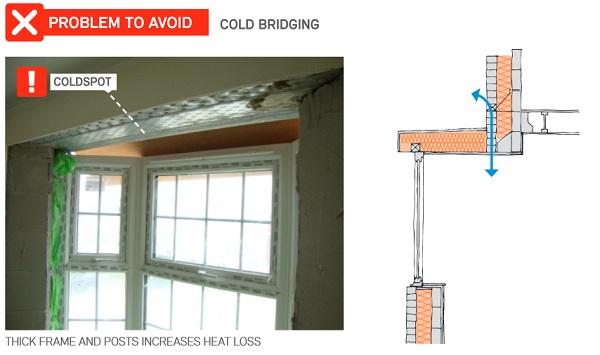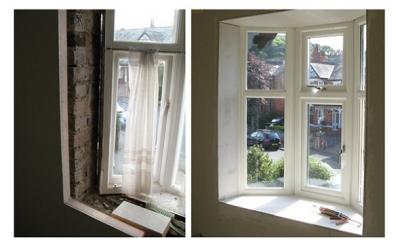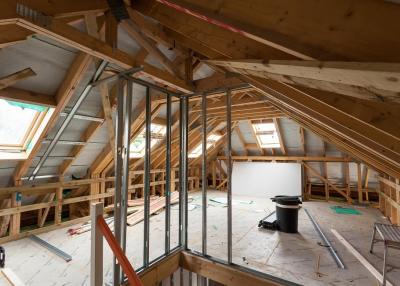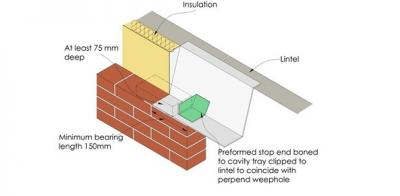How to get it right: avoiding cold bridging on bay windows
Cold bridging is a common problem, often arising where a gap occurs in the insulation of a building.
Whenever there is a break in the continuity of a property’s outer envelope, there is a risk of a cold bridge appearing. Such an area will often be colder than the main areas surrounding it and can lead to condensation and the added headache of mould for occupants.
A challenging area likely to cause a cold bridge is bay windows. Whilst very popular with designers and occupants alike, these areas present several thermal performance problems if not well understood and built correctly.
How to avoid cold bridging
- Encourage early discussion between the designer, energy assessor, window and lintel manufacturers at design stage to help avoid many of the common errors.
- Provide the site contractors with clear cross sections of the key junctions and their build sequence to increase the likelihood that components are assembled as intended.
- Ensure you provide a continuous layer of insulation between the external wall, lintel and bay roof area to minimise the chances of gaps around the bay opening.
- Insulation should be compressed by cutting it ‘proud’. This means it is under pressure when the window unit is installed – which prevents air leakage.
- Avoid specifying large window frame profiles. This can reduce the overall energy performance of the bay window by increasing heat loss.
- Don’t install window units with excessive gaps between the walls and bay roof as this will make it more difficult to achieve a robust airtight junction and increase heat loss.
The most effective way of countering cold bridges is to design them out, but even good designs cannot succeed if the workmanship is dodgy. The recently launched Zero Carbon Hub Builder’s Book, produced alongside CITB, PTE Architects and LABC, offers practical examples that can help you get it right on site.
It uses a mixture of real world examples and easy-to-understand diagrams featuring practical examples of how to achieve energy efficient construction. Download it free of charge and scroll down to page 15 for instructions on how to avoid cold bridging in bay windows.
Further information
Browse our other 'How to get it right' articles
Please Note: Every care was taken to ensure the information was correct at the time of publication. Any written guidance provided does not replace the user’s professional judgement. It is the responsibility of the dutyholder or person carrying out the work to ensure compliance with relevant building regulations or applicable technical standards.
Sign up to the building bulletin newsletter
Over 48,000 construction professionals have already signed up for the LABC Building Bulletin.
Join them and receive useful tips, practical technical information and industry news by email once every 6 weeks.
Subscribe to the Building Bulletin





Comments
Add new comment